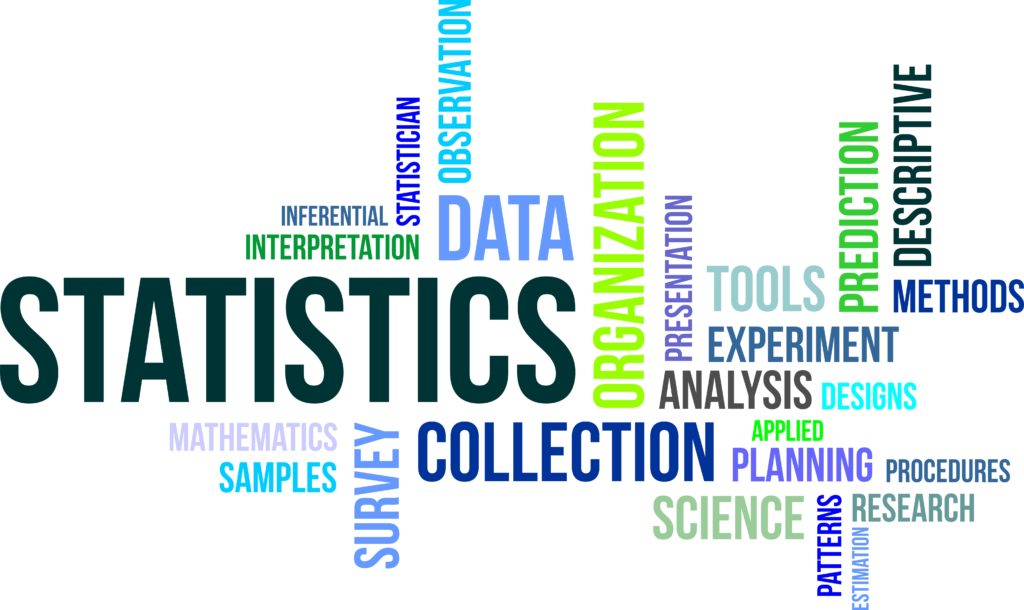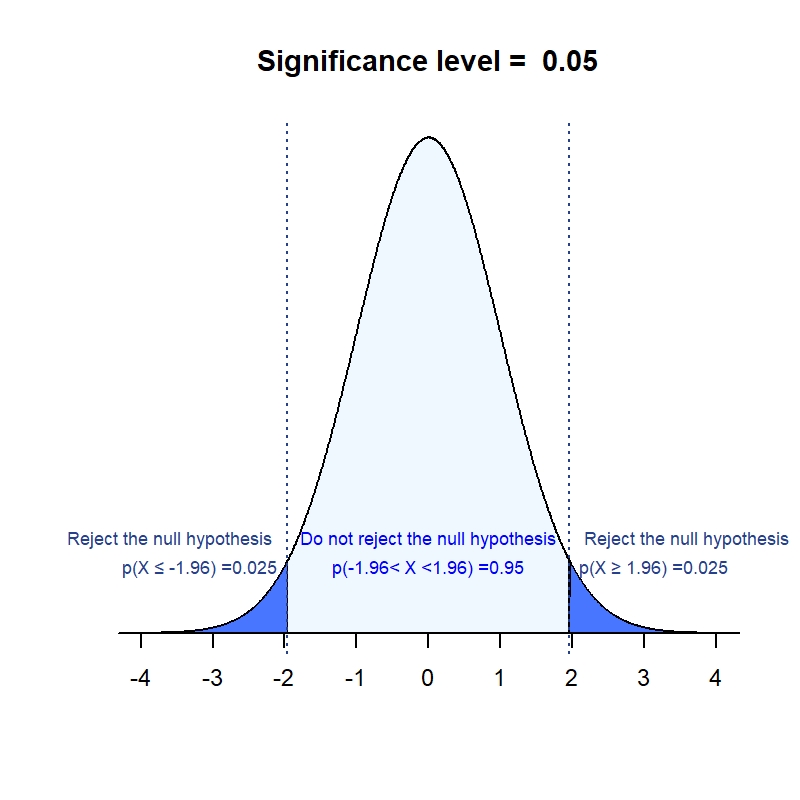Did you ever ask yourself one of the following questions?:
Statistics play a fundamental role at each step of a clinical trial (trial design, protocol development, the statistical analysis planification and execution, interpretation of the results). With the evolution of statistical science (e.g., progresses in the understanding of mechanisms generating missing data and methods to handle missing data) and the development of new clinical trial methodology concepts (e.g. adaptive designs, master protocols…) new challenges have emerged.

The recent adoption of the ICH E9 (R1) addendum on estimands and sensitivity analysis in clinical trials to the guideline on statistical principles for clinical trials and methods in 2020 reshaped the approach to study design and protocol development. An estimand is a precise description of the treatment effect to be estimated. The estimands have to be defined upfront, before considering the methods for answering the question (the statistical analysis itself). Clear study objectives and the scientific questions of interest have to be precisely described. Estimands consistent with the question of interest are then defined. Only after the estimands have been defined can the trial be adequately designed, ensuring all the data necessary to the estimands are collected. Finally, the statistical analysis methods can be chosen.

As a non-statistician clinical trial professional from the pharmaceutical industry, biotech industry or health research, you may feel uncomfortable with some statistical concepts or methods and in your interactions with statisticians.
At Venn Life Sciences Biometry Services, our expert methodology and biometry consultants provide training to fulfill this gap.
Several topics can be covered, and a training program specifically tailored to your own needs can be prepared:
Descriptive statistics
Inferential Statistics (Hypothesis tests)
Confidence intervals
Frequentist vs Bayesian inference
Type of variables
Measures of treatment effect
Choice of statistical test
Statistical modeling Sample-Size and Power
Design (parallel groups, crossover, factorial…)
Interventional/ non interventional studies
Bias reducing techniques (Randomisation Blinding)
Objectives, Endpoints
Estimands
Dose finding
Interim analyses
Adaptive designs
Master protocols (Basket; Umbrella, Platform- trials)
Diagnostic tests
Metanalysis Data Monitoring Committees
Analysis populations
Multiplicity
Superiority/Non inferiority, Equivalence
Handling of Missing data
Subgroup analyses
Interpretation of results
Reporting
Critical appraisal
